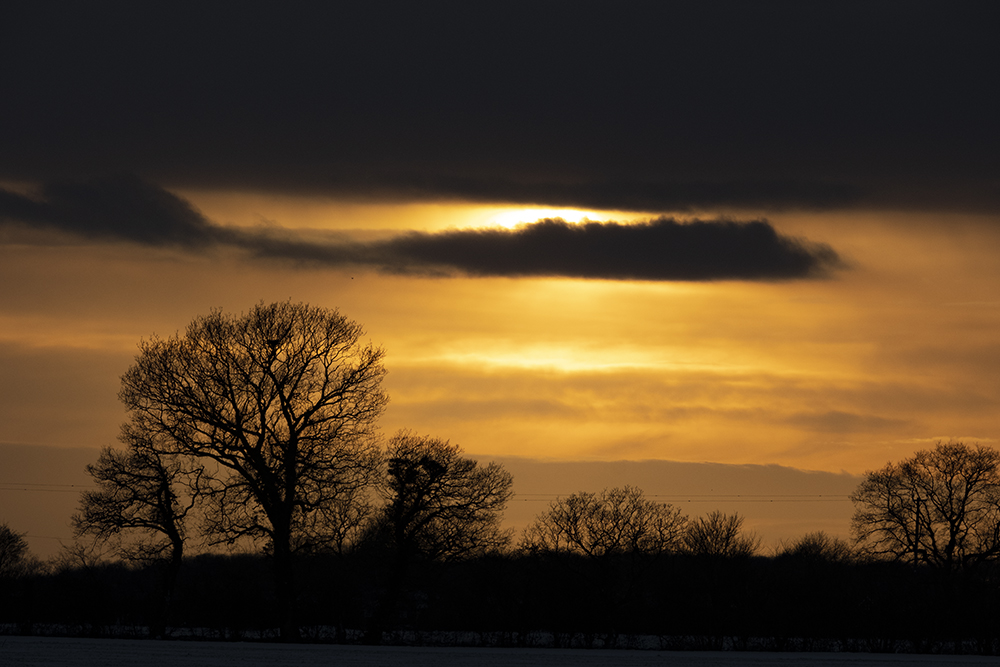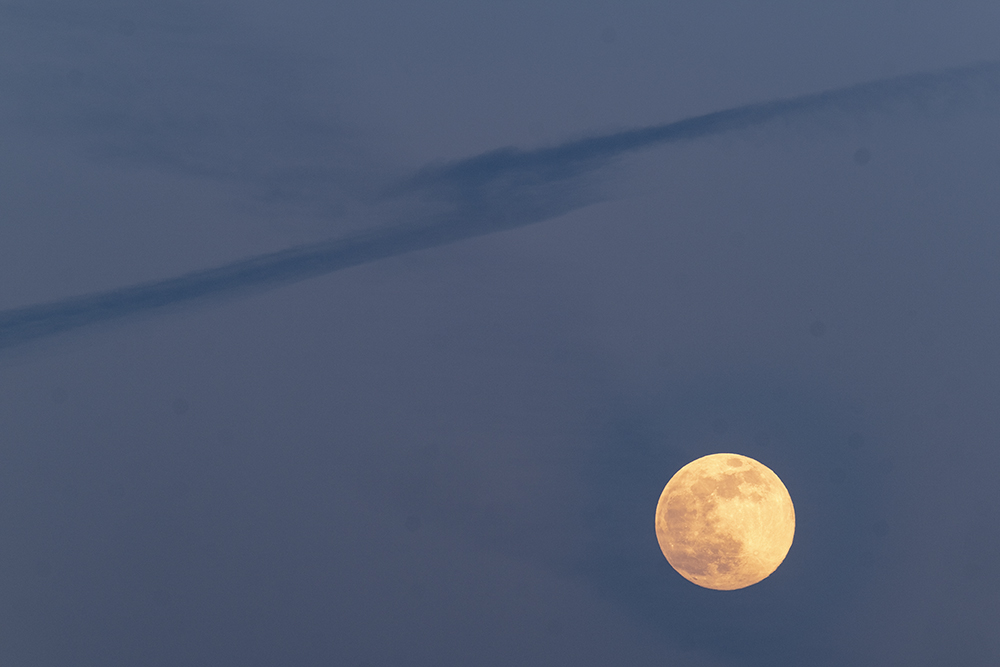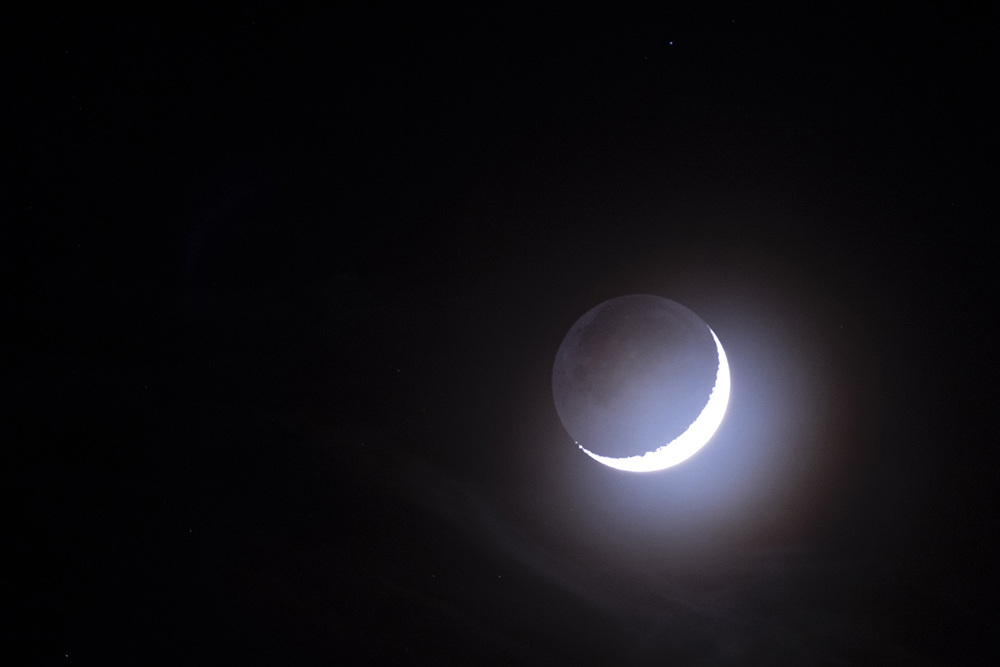
Winters have been getting increasingly milder in recent years and the seasons aren’t following their normal pattern. The first signs of spring appeared in early March, not long after the short-lived snowfall, and very quickly gathered momentum. Heralded by the arrival of snowdrops – usually the first sign of the impending end of winter – daffodils, buds and the return of a green landscape slowly followed. There are still cold spells though, as Arctic winds make their last visits of winter, bringing with them occasional frosts.
The most noticeable moment – a tactile arrival of spring – is when the sun changes from pleasant winter sunshine to suddenly carrying a warmth and intensity which reaches below the skin’s surface and into your bones.
In the UK the four seasons – spring, summer, autumn, winter – are distinct and defined by recognisable changes to climate and landscape. The transition between each season are subtle and gradual, unlike say the start of the rainy season in a more tropical climate. At this time of year it is the first spell of consistently warm days which accelerate spring’s greening of the landscape. The weather changes too, or at least becomes changeable. The wind switches direction, bringing generally less severe storms and seasonal rain.



In the deer park the most noticeable change is with the Soay sheep and the arrival of their lambs. For the deer, the mating season was in October and the pregnant females don’t give birth until June-time when summer is in full swing, the grass is abundant and the trees in full leaf. The new-born foals also use the longer grass of summer as cover.




So the transformation of winter to spring happens across the estate and around the deer. This year it’s all a special one as the global pandemic has seen the cancellation of many of the events at Helmingham Hall. From Easter (April) and getting into full swing in May (see next part, migratory bird species start to arrive – most notably Greylag and Canada geese – and resident birds start nest building, as do the smaller native mammals like squirrels and rabbits.



Perhaps the places where most change happens in spring is around the moat and in the formal garden. The latter especially looks barren and grey-brown through winter. In addition to flowers this established walled garden also produces vegetables and fruit so spring planting gets underway.


April brought both a super-moon and an eclipse. Trying to capture these required significant planning, all not knowing whether England’s changeable weather would cooperate. The first escaped me, even though I was ready and waiting, until it was too high in the sky due to a band of cloud on the horizon at the critical time, but I caught the eclipse, although with no other identifiable features, it could have been taken anywhere.
As spring develops the stags, both red and fallow, shed their antlers and their new soft furry ones start to grow. If you’re lucky you can find the shed antlers just lying on the ground, most usually where they have to jump something like the brook at the bottom of the estate. They are dislodged there by the jarring as they jump.


It’s important to keep in mind that in a project such as this not every image has to be a great image. There will be some which are the links in the story, the images which thread the ‘hero’ images together. Temporally the cusps between the seasons are most likely to produce these – the less descriptive and distinctive times which are not quite spring, or not quite autumn for example, when things are changing but not yet dramatically. Although the photographic opportunities in early spring are not extensive or dramatic, this project is for the whole year and I find myself musing on what’s to come and how even these less inspiring shots will dovetail into the story as we journey through the year – kind of joining the dots in the project’s story.
In Part Four, the estate bursts in life, both animal and human….

